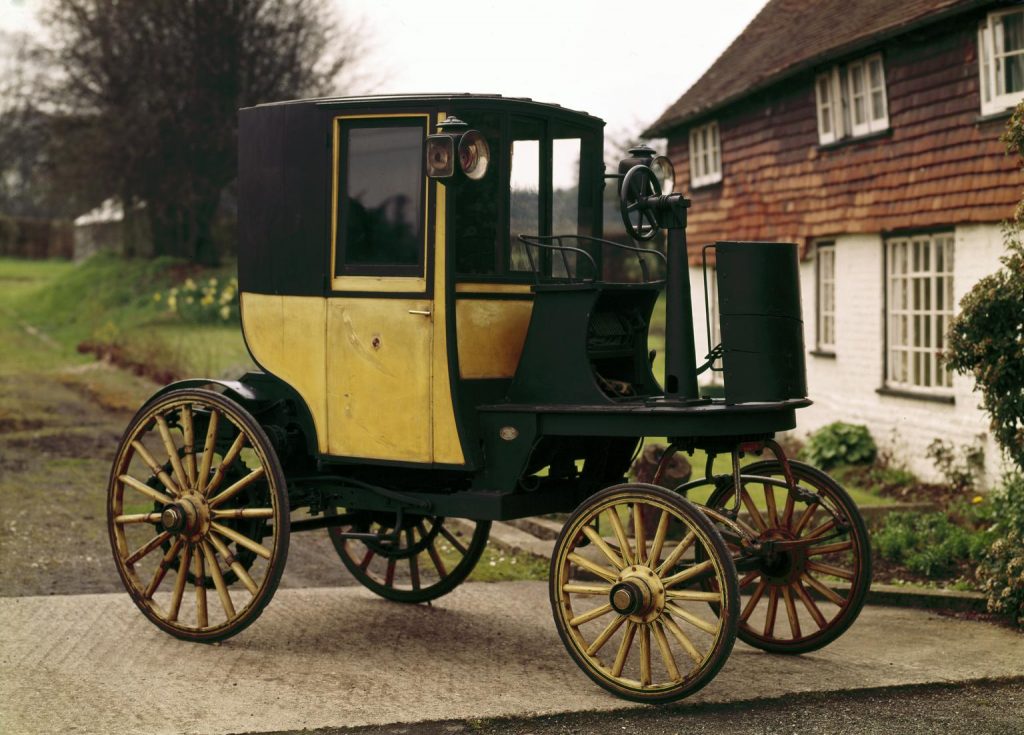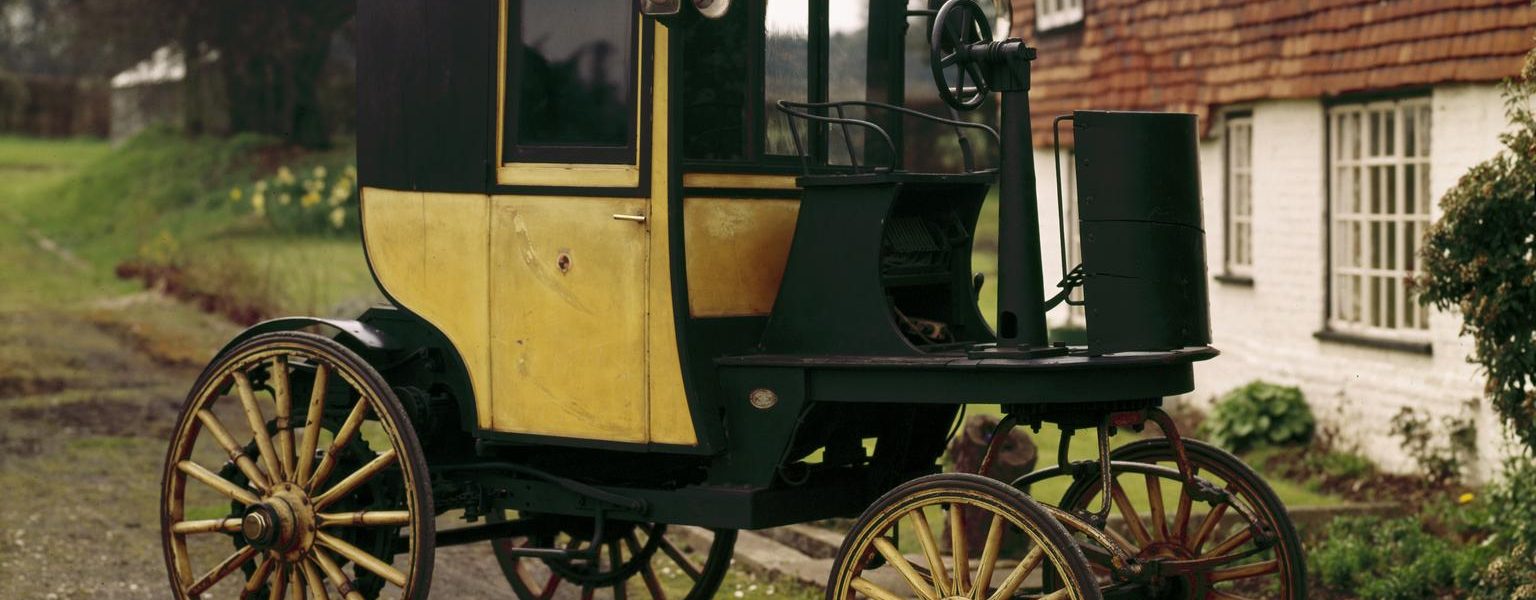Taking in the streets of London in 1897, you would have seen one of Walter Bersey’s electric taxis. We tend to think of electric cars as futuristic, especially in a bid to cut emissions but they have a much older history.
With a top speed of 9-12 mph, Walter Bersey’s taxis were the first self-propelled vehicles for hire on London’s roads. Cars on London’s roads got off to a slow start in Britain thanks to the “Red Flag Act” which stated that any vehicle other than a horse drawn must be preceded by a man carting a red flag as a warning to passers-by. Once repealed in November 1896, vehicles began to make their mark in Britain. The origins of the now annual London to Brighton road race have their roots in celebrating the repeal of the law.
Walter Bersey shared the ideas that there were great hopes for electricity. He said:
“There is no apparent limit to the hopes and expectations of the electric artisans…..in short [it] is the natural power which shall be the most intimate and effective of all man’s assets.”

Exhibited at a South Kensington motor show in 1896, 12 electric cabs, the Berseys first appeared on the road on 19 August 1897. When the taxis were first unveiled, they undertook the London-Brighton race. According to reports, the taxis could not complete the 60 mile journey and completed part of the race by train.
Rates were the same as horse drawn cabs. The cab could take two passengers and was fitted with electric lighting both inside and out. Electric illumination was not welcomed by all “for the comfort of people of a bashful disposition……[who felt] as conspicuous as if they were on the stage with the limelight.” The then Prince of Wales was said to have taken a taxi ride in a Bersey.
Each taxi was licensed by Scotland Yard under four conditions:
1. each vehicle was accompanied by a driver
2. drivers were capable of stopping the carriage on demand
3. the taxi could turn in a small space
4. be able to climb the steepest hill in London, Savoy Hill
The Bersey was known as the “Hummingbird” from the sound of the taxi and the yellow and black livery. Batteries were replaced using a hydraulic lifting system that took 2-3 minutes at the sole re-charging station in London. Electricity was expensive to generate so the company started producing their own at great expense.
However, after 6 months of use, the noise and vibration escalated. Vibrations damaged the delicate glass plates, the tyres wore out incredibly quickly given the 2 tonne weight of the cab. Breakdowns were frequent. Horse drawn cabs were often faster as well.
Two years after their debut the Bersey taxis disappeared from the roads. Taxis were not only vehicles Walter Bersey designed. He designed a range of private electric vehicles but none are know to have survived.
One comment on “The Surprisingly Old Story Of London’s First Ever Electric Taxi”
Comments are closed.

Great Exhibition !, I was blown away by this one,who would have thought that an electric taxi would have been on the road in 1897. Bearing in mind that the motor was pulling over 2 tons it had an incredible range and not a bad speed.Just goes to show that we have really gone nowhere in the last 119 years.